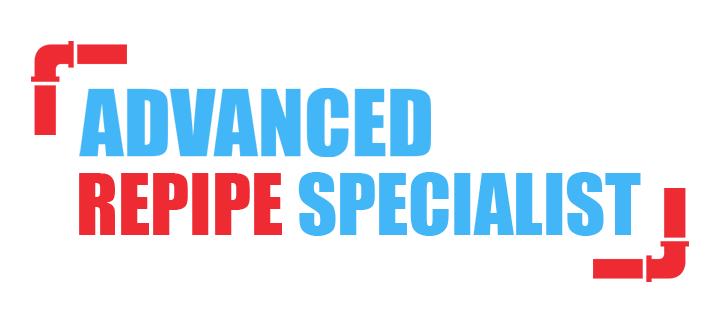From showers to tubs, sinks to toilets, appliances to fixtures – the plumbing system is key for everyday living. So when something goes wrong, it needs to be repaired quickly and correctly.
Some plumbing problems have easy solutions for homeowners, but others require professional plumbers. The benefits of letting a professional plumber handle common plumbing repairs include higher resale value and increased longevity. Read on for some ideas.
Clogged Drains
Clogged drains are one of the most common and frustrating plumbing problems. When a drain is clogged, water can’t flow through it and the entire system can back up. It’s important to fix clogged drains as soon as possible to avoid more expensive plumbing repair needs.
Clogging is caused by food, hair, soap scum, oil, and other debris that build up and prevent water from flowing through the pipes. Some clogs are minor and can be fixed with household tools like a wire coat hanger, plunger, or plumber’s snake. Other clogs require professional plumbing equipment to remove.
Using a simple baking soda and vinegar mixture is an inexpensive and effective way to unclog a drain. Simply pour the mixture down the clogged drain and let it sit for 20-30 minutes before running hot water. You can also try boiling water if you don’t have metal pipes (it’s not recommended for PVC). If these methods don’t work, call a professional plumber.
Broken Pipes
During cold weather, pipes can freeze and burst. When this happens, water leaks out into your home or business and can ruin your carpets, wood floors, walls, and ceilings. It can also create a mold problem, as well as lead to expensive damage.
Thankfully, you can take steps to help prevent your pipes from freezing and bursting in the future. One way to do this is by installing pipe insulation before winter comes around. You can also heat your plumbing by opening up cabinet, vanity, and closet doors so warm air can reach the pipes.
When your pipes do break, it’s important to act fast. The longer you leave a broken pipe, the more damage it can cause. Before you call a plumber, try to move your valuables to higher ground and use a wet/dry vacuum to get as much water out of your building as possible. You should also check for a sewage odor, as this is a telltale sign that there’s a broken pipe behind the scenes.
Water Heater Repairs
When water comes out of your shower or faucet in weak dribbles instead of strong sprays, it’s time to call for a water heater repair. You might be able to resolve some issues yourself, such as relighting the pilot flame for gas water heaters or resetting a circuit breaker for electric ones.
If rumbling sounds are coming from your water heater, it could be caused by pressure fluctuations inside the tank. These fluctuations can damage or leak the tank. They can also cause the dip tube to fail, which mixes cool water with hot water to reduce temperature.
Similarly, if you notice an unpleasant smell or discoloration in your water, these are signs of contaminants that need to be fixed. A professional plumber can install a whole-house water filter to get rid of these contaminants. They can also replace the sediment and rust in your water heater to prevent them from contaminating your household water supply.
Toilet Repairs
A toilet that constantly runs can drive up your water bill and wear out the rubber parts in the tank. The good news is that most toilet problems can be fixed without calling a plumber.
The most common problem is a clogged toilet. If the clog is caused by a wax seal under the toilet, you can replace it using a kit from the hardware store. A puddle of water around the base of the toilet is another sign of a problem. The leaking water can rot the floor underneath and cause serious mold and bacteria problems in your home.
If the toilet is running continuously, check the overflow tube and flush valve assembly. If the overflow tube is too short, it may be preventing the flapper from seating properly in the opening. If the flapper is seated correctly but the water level is too high, the refill valve might be at fault. You can replace the fill valve by removing the old one and connecting the new overflow tube to the float arm, then adjusting the handle mounting nut inside the tank (some have reverse threads that require counterclockwise rotation to tighten). Alternatively, you can install a kit with a new float system and flapper seat. Refer to This Web Page.
